
Runrig were one of the Caird Hall’s most popular acts during 10 years in which the band grew to be an international success story.
Donnie Munro was the figurehead of the band from the mid-1970s and on into that decade between 1987 and 1997 when it seemed their star would never fall.
Put simply, over that time, Runrig were a phenomenon.
Part of that momentum was their success in bringing Gaelic songs to the masses, which was a remarkable feat in the music world of the 1980s and 1990s.
What was initially another ceilidh dance band doing the circuit around the Highlands and Islands had become one of the biggest-selling rock acts in the UK.
Runrig’s astonishing career spanned 45 years – from their early days in Skye to their triumphant farewell concerts at Stirling Castle in front of 50,000 fans in 2018.
The original Run-Rig Dance Band performed for the first time as a three-piece at Glasgow’s Kelvin Hall in 1973.
“I stress, at a function suite within the Kelvin Hall,” said the band’s founder Rory Macdonald, explaining their first concert was at a dinner dance.
“Calum was a student in Glasgow and I was working as a graphic designer in 1973 and we had a flat on the north side of the city.
“Round the corner was a family from Skye, the Douglas’s, of which Blair, their son, was an accomplished accordionist.
“We used to go round there on Sunday nights for dinner.
“Blair’s mum, Ina, was the organiser of the North Uist and Berneray Gaelic Society in Glasgow and they were doing a dinner dance and looking for a band.”
Ina suggested Rory and Blair put something together so they had a few sessions, with Calum, then a non-musician, sitting watching.
But Calum started tapping away on the side of his chair as they played and was persuaded he could play the drums.
He bought a second-hand drum kit.
Runrig was born.
From there, the band decanted back to their native Skye – with Rory giving up his job as a graphic designer – so they could start to carve a musical career.
In their second year, the band decided they needed a singer.
Donnie Munro joined and the band slowly grew, building up a following, particularly among students.
As they became better known on the island circuit, the band wanted to branch out to the mainland, starting with the Highlands.
But it was a path they had to beat for themselves.
One of the biggest stepping stones was when Runrig hired out the 900-seater Eden Court Theatre in Inverness in November 1979 after Malcolm Jones joined.
Runrig sold it out, to the management’s astonishment.
So the template was set for gigs across the rest of Scotland, bringing their unique sound and mix of songs in both English and Gaelic to a wider audience.
Not that it was all plain sailing.
Some early Runrig gigs saw them playing to a handful of people, including one night in Arbroath in February 1983 where only 13 people turned up at Smokey’s nightclub.
Runrig were still unknown in Arbroath despite having three albums behind them and having just released the single Loch Lomond in the UK charts a month earlier.
There were no advance tickets sold so the band took to going round the Arbroath pubs and chip shops to try to sell them but ended up having to give them away.
The 12-date Scottish tour was a disaster and made a total profit of less than £70.
Runrig signed to Simple Records in 1984 and released a fourth studio album in 1985.
Several line-up changes through the years saw them stepping up to a six-piece, which, of course, included lain Bayne from St Andrews and Pete Wishart from Dunfermline.
But it was the band’s fifth studio album, The Cutter And The Clan in 1987, which had originally been released on the independent Ridge Records label, before being re-released on Chrysalis, that lit the spark and brought the band to wider audiences in the UK and Europe.
Runrig performed at the Bowling Alley in Dundee in September 1987 and returned in December 1988, by which time they were simply unstoppable in their homeland.
Tickets were priced £6 for the Christmas concert attended by 1,600 fans with The Cutter, Hearts of Olden Glory and Rocket to the Moon among the set highlights.
The band also performed their famous version of the traditional folk song Loch Lomond, which has since been enjoyed at almost every wedding celebration up and down Scotland.
Runrig returned to perform at the Caird Hall in December 1989 and December 1990, where they finished the 22-song set with a version of The Road to Dundee.
They had a large following around Europe and among the ex-pat communities, attracting 50,000 fans to Loch Lomond in June 1991 for a celebratory concert.
The band returned to Dundee in December 1991, 1993, 1994, 1995 and 1996 to perform their rousing pub sing-alongs alongside the mulled wine and mince pies.
During this time they also logged big-selling albums like The Big Wheel in 1991 and Amazing Things in 1993 – both top five hits in the UK – and became the first band ever to place a Gaelic language song, An Ubhal As Airde, in the top 20 singles charts.
Perpetual forward motion seemed to have been achieved.
Then came the sudden slamming on of the brakes as Munro decided it was time to call it a day and step over into a political career that had always appeared a likely calling.
That left the band with a gaping hole to fill, and a huge effort to make to maintain their momentum.
“That was a traumatic thing for the band,” said Calum.
“The rest of us had to decide whether to fold things up or whether we still had more to give.
“Donnie had told us his intention a couple of years before so we’d come to terms with it.
“But the recording contract had gone through to an end with the Greatest Hits compilation and everything was tailored to a close-down.
“After a lot of soul searching, though, we felt we wanted to carry on.
“We knew it was going to be tough replacing Donnie but thankfully it worked out.”
The band set about working with a new member, Donnie’s replacement Bruce Guthro, a singer/songwriter they found in Nova Scotia, and recorded a 10th studio album.
The band recorded their final studio album, The Story, in 2015 and held a series of farewell concerts, entitled The Final Mile, in 2018.
This took in shows in Germany, Denmark and England, culminating in The Last Dance in Stirling.
Fans travelled hundreds of miles to capture a glimpse of the action with some venturing from as far afield as the Netherlands and Germany – and different generations paid their own farewells to the advocates of Gaelic and Scottish culture and heritage.
It was hard to believe this was the end of the road for the band.
However, their songs will be sung by many generations yet to come.
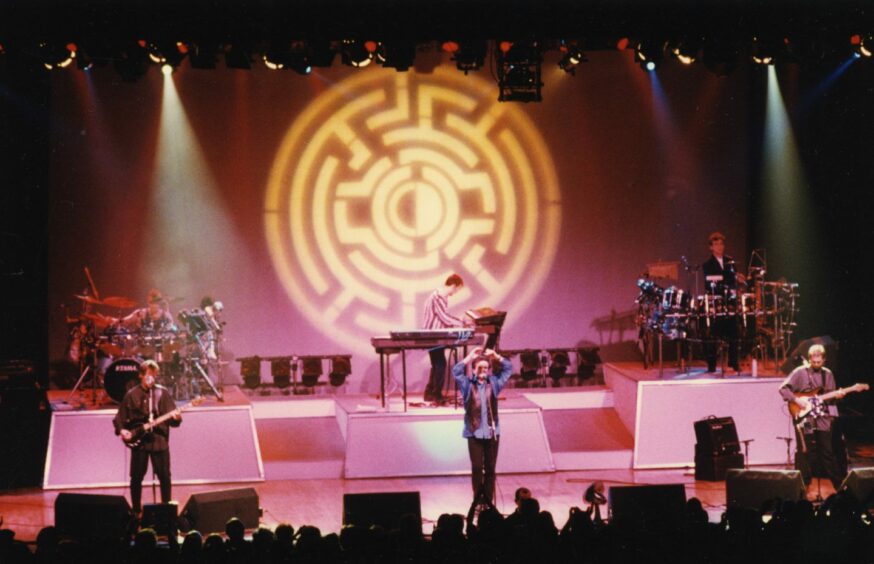
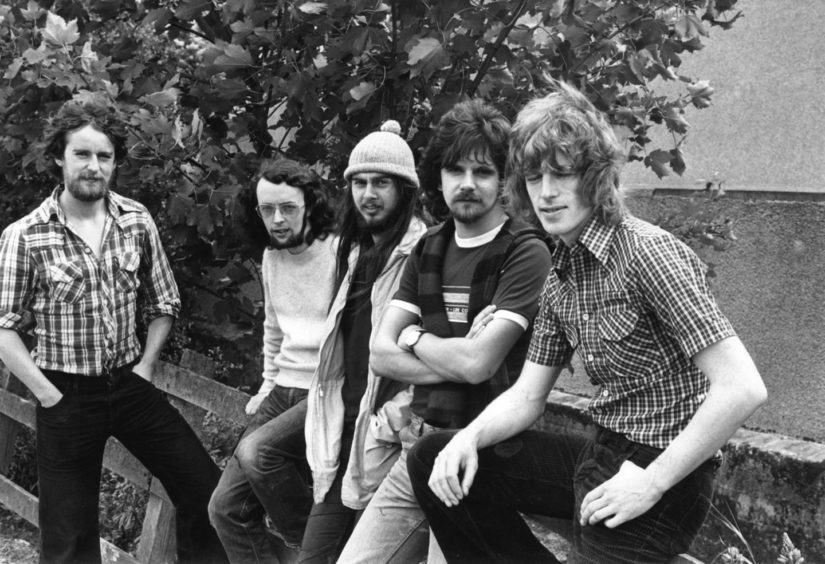
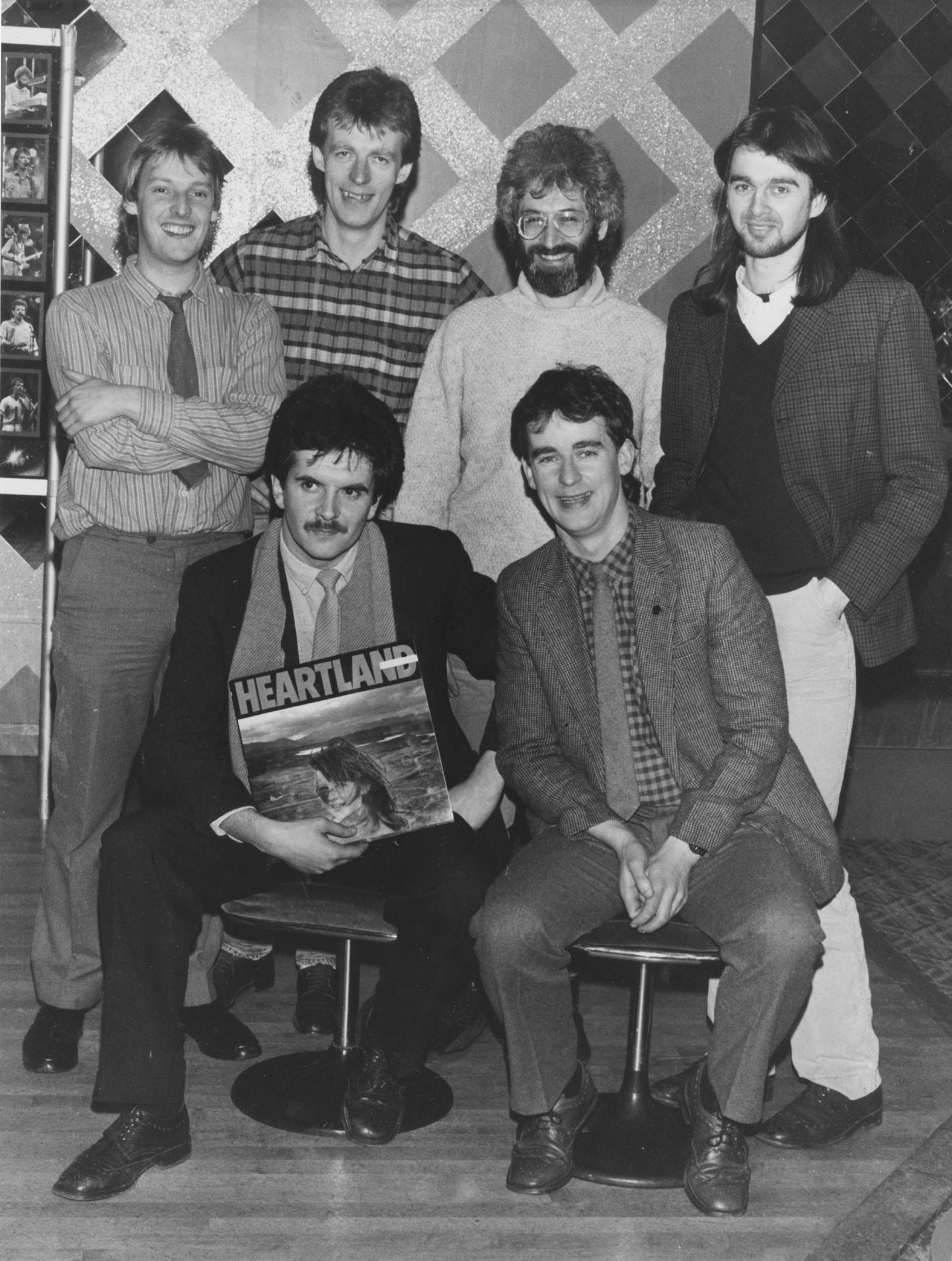
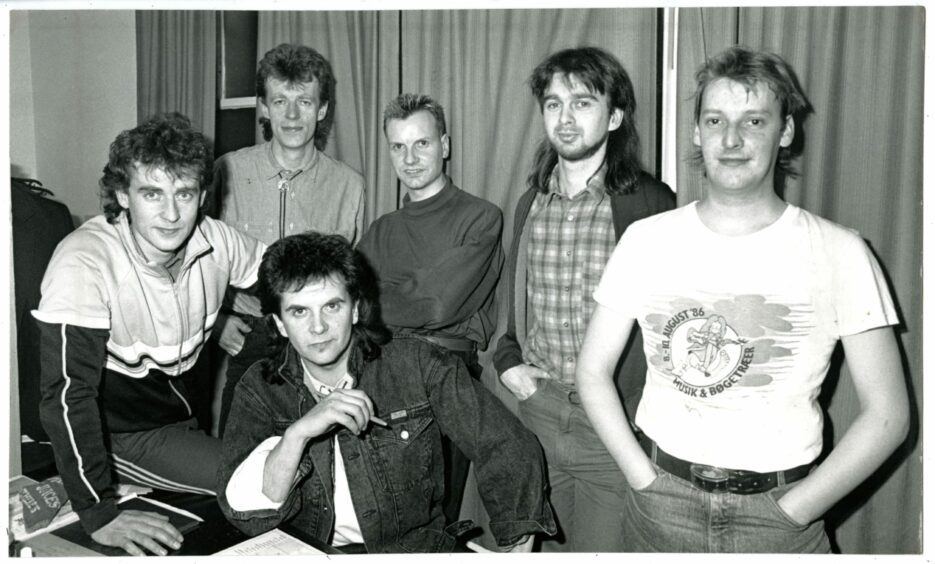
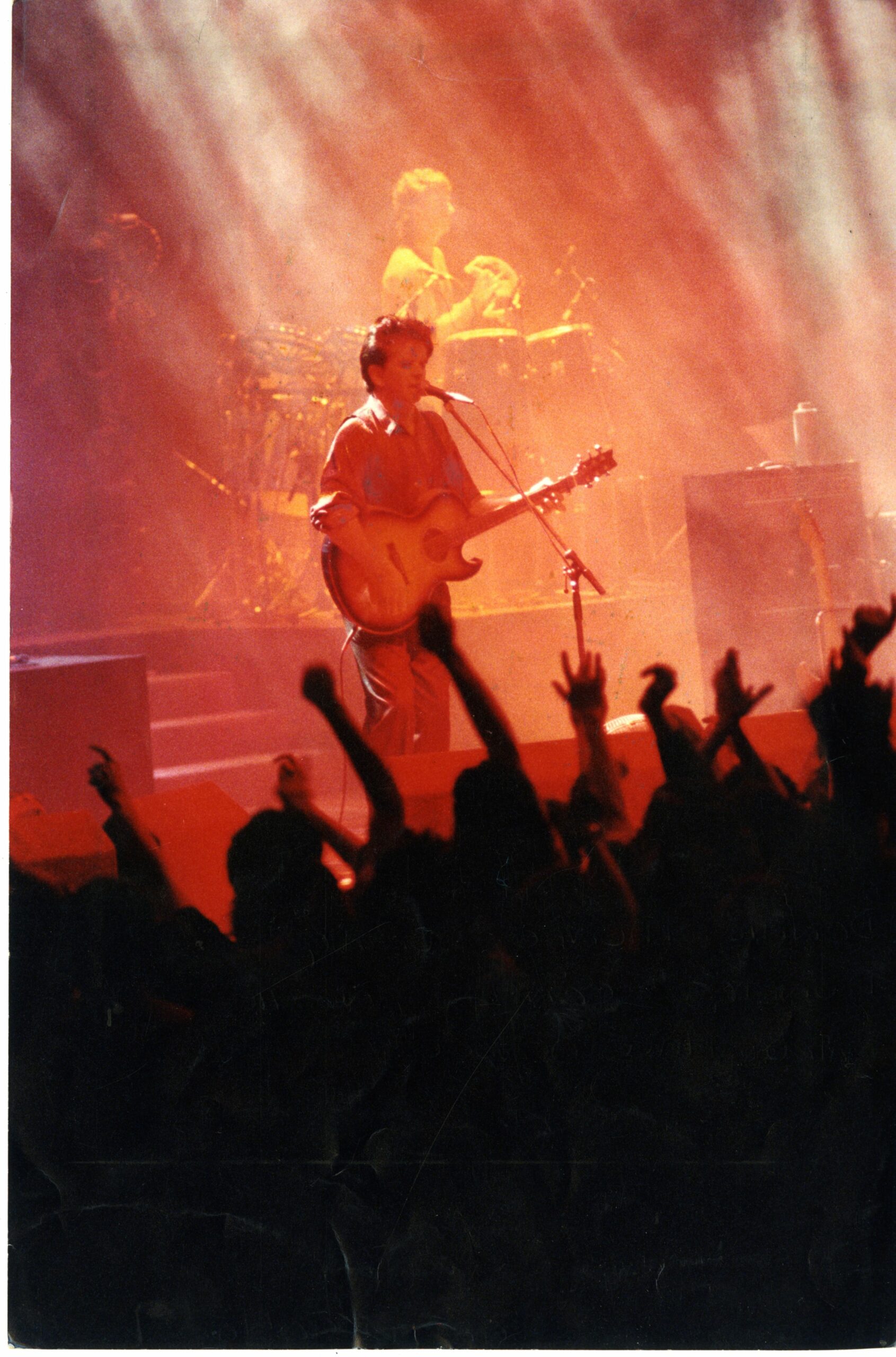
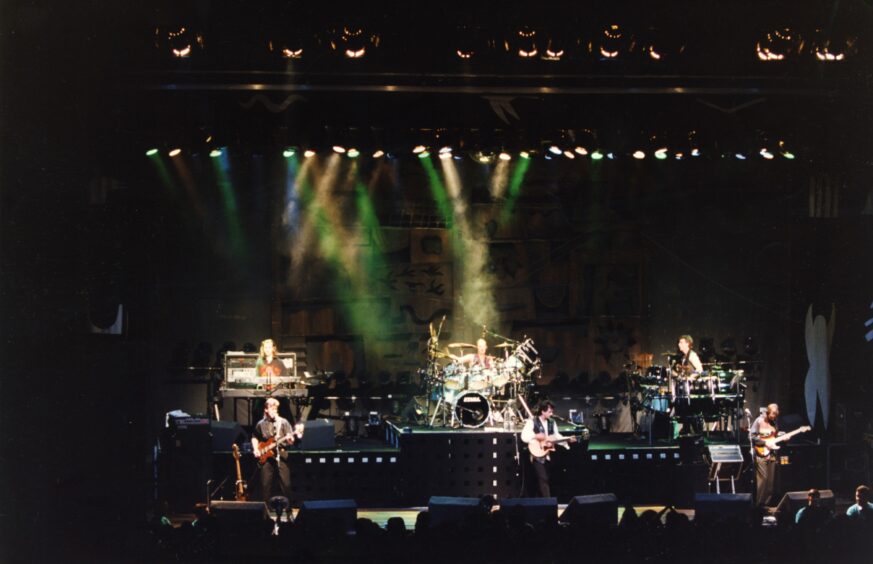
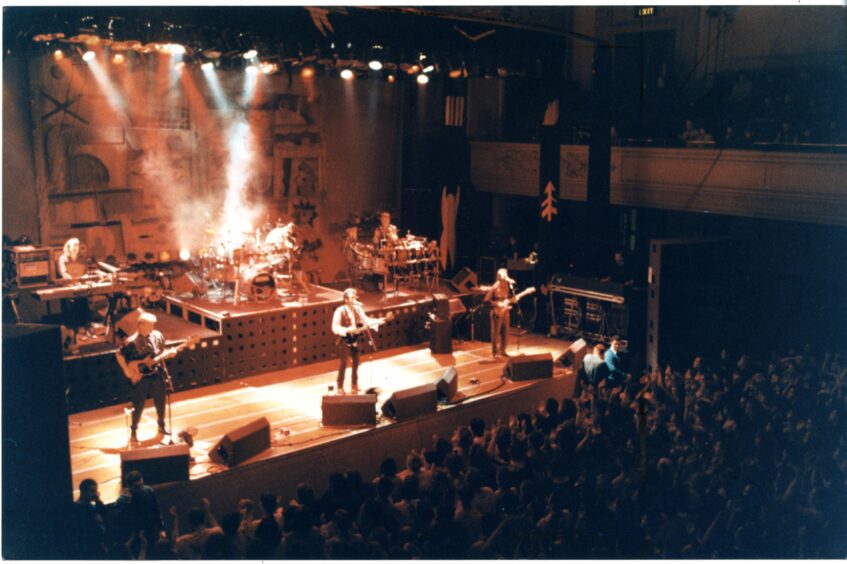
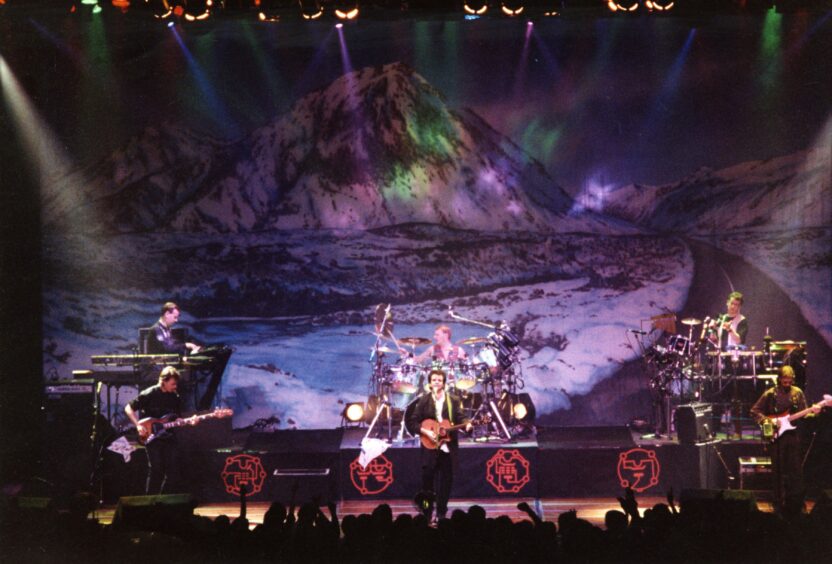










Conversation